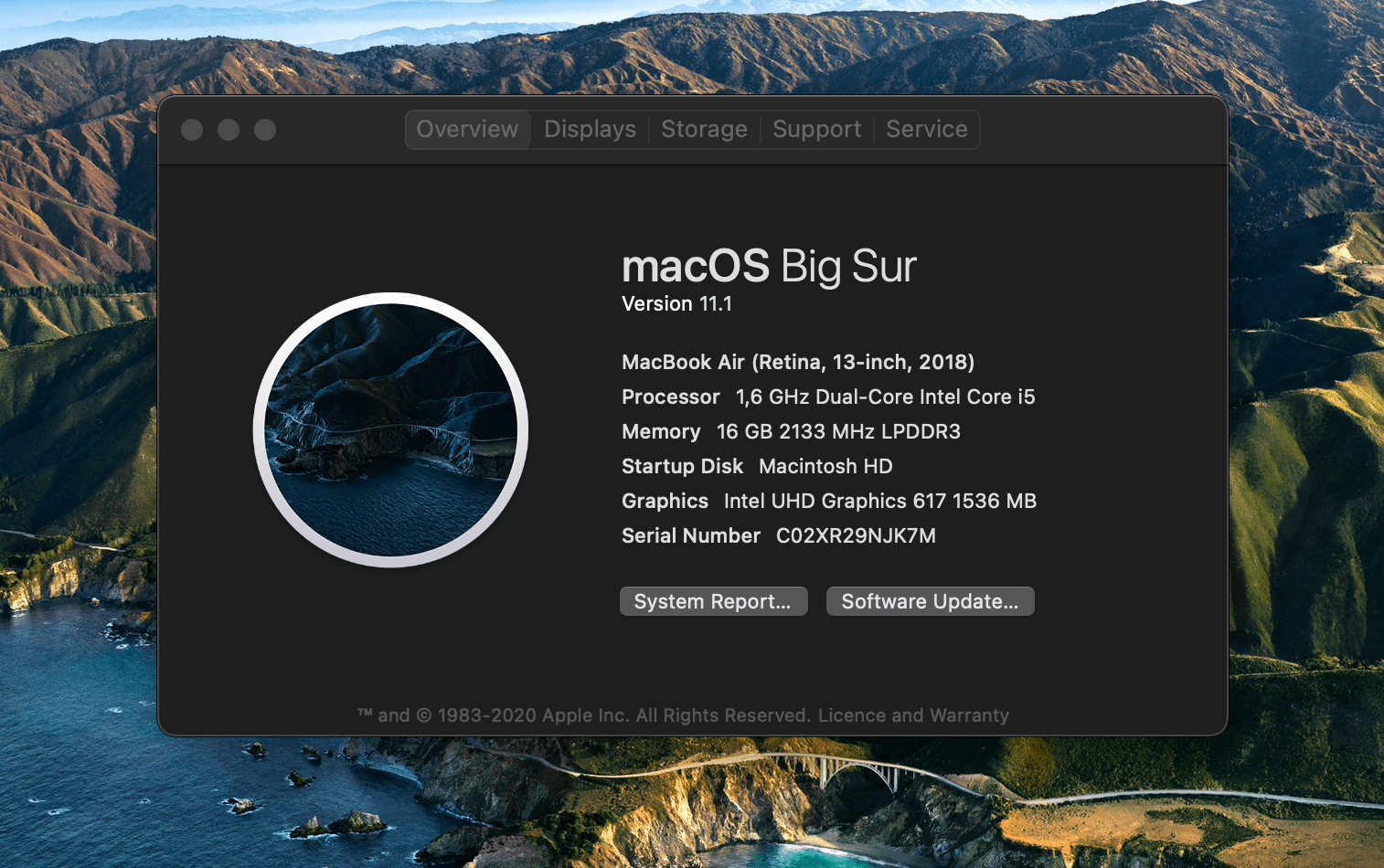macOS is a desktop operating system developed by Apple Inc. that powers Macintosh computers. It descends from technologies acquired with Apple’s 1996 purchase of NeXT and the NeXTSTEP/OPENSTEP platform, and it has been publicly released in its modern form since March 24, 2001 as Mac OS X 10.0. According to Apple’s press release at the time, Mac OS X shipped with a Unix-based core called Darwin, a new Aqua user interface, and development APIs including Cocoa and Carbon. Apple Newsroom.
Architecture and core technologies
- –Kernel and foundations. macOS is built on the hybrid XNU kernel that combines a Mach-derived microkernel with BSD components and IOKit for drivers. Apple’s developer documentation characterizes XNU as incorporating Mach IPC and memory management with BSD process, networking, and file-system layers; Apple publishes XNU sources as part of Darwin.
Apple Developer;
Apple OSS GitHub.
- –Unix conformance. macOS has been certified by The Open Group as a UNIX 03 system, with recent registrations covering macOS 15.0 Sequoia on Apple silicon and Intel-based Macs.
The Open Group.
- –File systems. Apple File System (APFS) is the default file system for macOS 10.13 and later, designed for SSDs and supporting features such as copy‑on‑write metadata, snapshots, and strong encryption. Apple’s platform security guide details APFS design and volume layout used by modern macOS.
Apple Platform Security;
Apple Developer (APFS Guide).
Origins and evolution
- –NeXT acquisition and return of Steve Jobs. Apple announced on December 20, 1996 that it would acquire NeXT Software for approximately $400 million, bringing Jobs back to the company and positioning NeXTSTEP technologies as the foundation for Apple’s next-generation OS. A contemporary release summarizing the announcement describes NeXT technology as the basis for Mac OS’s future.
Tech‑Insider (Apple release archive);
Britannica.
- –Mac OS X 10.0 (2001). The first public, non‑beta release of the modern system, Mac OS X 10.0 “Cheetah,” shipped on March 24, 2001, introducing Aqua, Quartz, and Darwin.
Apple Newsroom.
- –Naming. The platform evolved from “Mac OS X” (2001–2012) to “OS X” (2012–2016) and was rebranded “macOS” with macOS 10.12 Sierra in 2016 to align with iOS, watchOS, and tvOS. Contemporary coverage and Apple’s WWDC 2016 materials document the change.
The Verge;
Britannica.
Hardware transitions
- –PowerPC to Intel (2005–2007). At WWDC 2005 Apple announced it would transition the Mac lineup to Intel processors beginning in 2006, previewing Mac OS X on Intel and providing developer kits for Universal applications.
Apple Newsroom.
- –Intel to Apple silicon (2020–present). On June 22, 2020 Apple announced a transition to its own ARM‑based SoCs for Mac, supported by technologies such as Universal 2 binaries and Rosetta 2 in macOS Big Sur. Apple stated the first Apple silicon Macs would ship by the end of 2020 and that macOS would continue to support Intel systems for years.
Apple Newsroom.
Release cadence, certification, and versioning
- –Version history and naming themes. After numeric releases 10.0–10.8 named for big cats, Apple adopted California place names beginning with OS X 10.9 Mavericks. In 2020, the system advanced from the long‑running 10.x sequence to macOS 11 Big Sur, then macOS 12 Monterey, 13 Ventura, 14 Sonoma, and 15 Sequoia. Apple and reputable trade press summarize these changes.
Britannica;
Apple Support.
- –Current stable release. macOS 15 Sequoia became available as a free update on September 16, 2024, introducing iPhone Mirroring, a Passwords app, window tiling, Safari Highlights/Reader changes, and Apple Intelligence (rolling out subsequently on supported Apple silicon Macs).
Apple Newsroom.
- –Next major release. macOS 26 Tahoe was previewed on June 9, 2025 at WWDC, featuring a new “Liquid Glass” design language unified across Apple platforms, an expanded Continuity experience with a Phone app on Mac, the largest Spotlight update to date, and broader Apple Intelligence capabilities. Apple’s June 2025 press materials refer to the release as “macOS Tahoe 26.”
Apple Newsroom;
Apple Newsroom (design).
Feature set and ecosystem integration
- –Continuity with iOS and other Apple platforms. macOS integrates with iPhone and iPad via features such as Handoff, Universal Clipboard, and (in Sequoia) iPhone Mirroring and iPhone notifications on Mac. Apple’s Sequoia materials detail these capabilities.
Apple Newsroom.
- –Security architecture. macOS incorporates a signed system volume (macOS 11+), System Integrity Protection, mandatory code signing for hardened runtimes, and APFS encryption. Apple’s platform security documentation provides a technical overview.
Apple Platform Security.
- –Developer environment. macOS provides POSIX-compliant userland, Clang/LLVM in Xcode, Swift and Objective‑C, and frameworks spanning AppKit, SwiftUI, Metal, and Core ML. The Open Group’s UNIX registrations affirm standards conformance for Sequoia.
The Open Group.
Support and compatibility
- –Version status. Apple’s “Which versions of macOS are the latest?” support article lists current point releases for supported major versions (e.g., Sequoia 15.x, Sonoma 14.x, Ventura 13.x) and links to compatibility pages.
Apple Support.
- –Hardware support. Sequoia supports a range of Intel and Apple silicon Macs, with certain features (e.g., Apple Intelligence) requiring Apple silicon. Apple’s Sequoia release notes and newsroom article specify the Apple‑silicon requirement for Apple Intelligence.
Apple Newsroom.
Terminology and standards
- –macOS is branded as a Unix operating system, certified under UNIX 03; earlier Mac OS X versions (starting with 10.5 Leopard) first achieved this status in 2007, and current registrations include macOS 15.0 Sequoia on Apple silicon and Intel.
The Open Group;
Macworld.
Selected milestones
- –1996: Apple announces acquisition of NeXT (foundation for modern macOS) and Jobs’s return.
Tech‑Insider (Apple release archive).
- –2001: Mac OS X 10.0 ships (March 24).
Apple Newsroom.
- –2005: Transition to Intel announced (June 6).
Apple Newsroom.
- –2007: UNIX 03 certification for Mac OS X 10.5 Leopard.
The Open Group.
- –2016: OS X renamed to macOS with macOS Sierra.
The Verge.
- –2020: Transition to Apple silicon announced (June 22).
Apple Newsroom.
- –2024: macOS 15 Sequoia released (September 16).
Apple Newsroom.
- –2025: macOS 26 Tahoe previewed with unified “Liquid Glass” design and expanded features (June 9).
Apple Newsroom.
Internal cross‑references: Apple Inc., NeXT, Steve Jobs, XNU, UNIX, APFS, iOS, WWDC.
